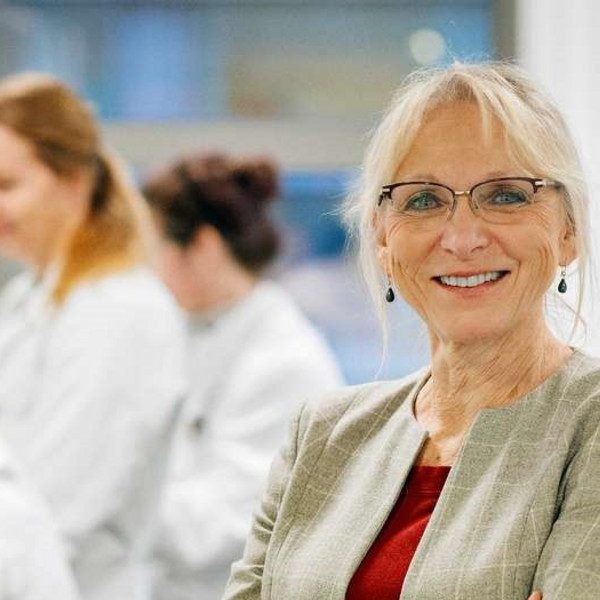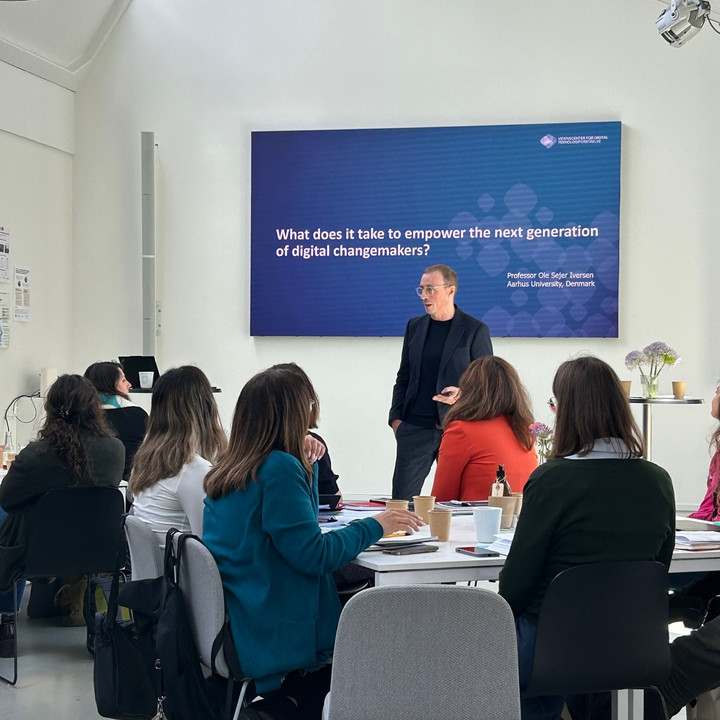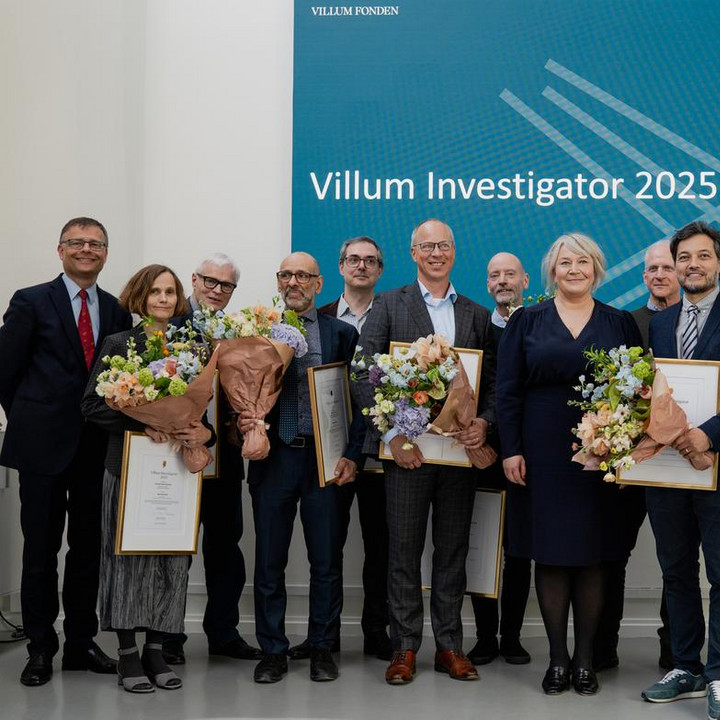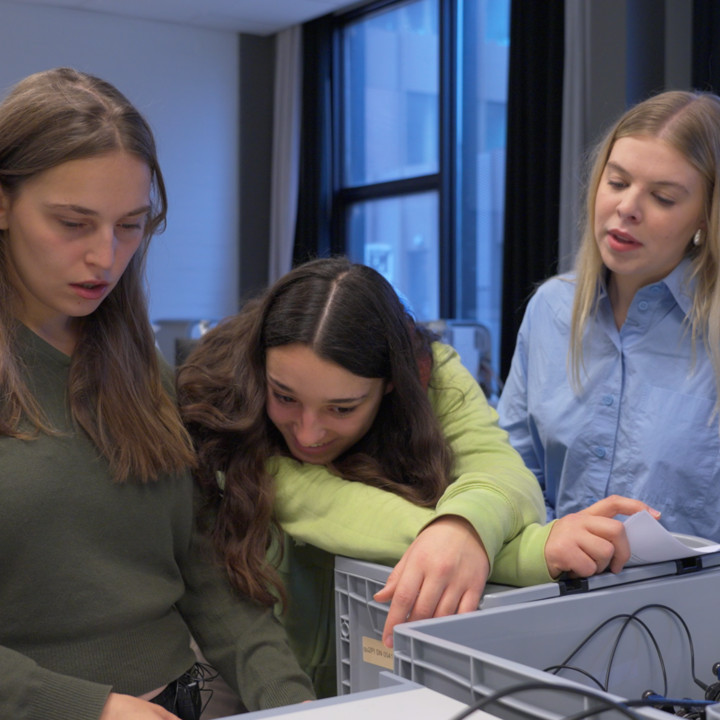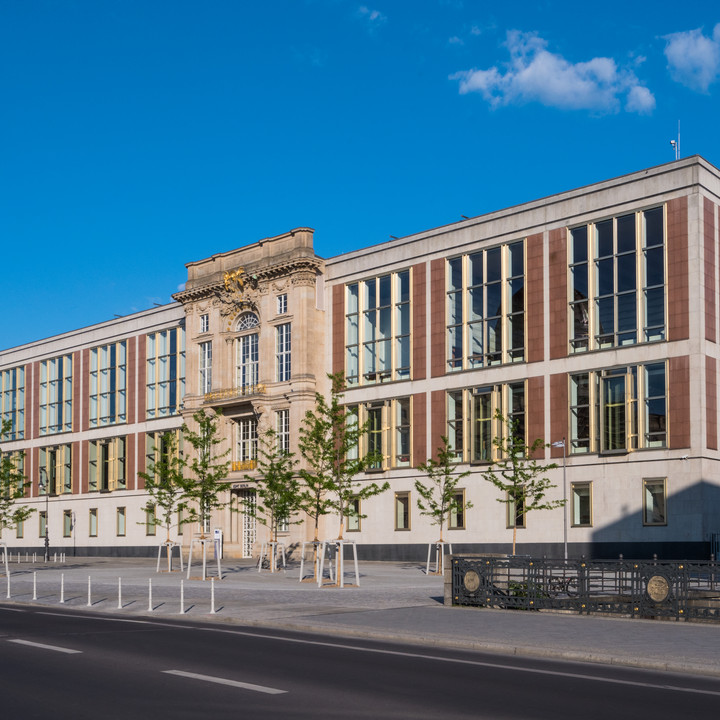Decoding the Secrets of Life in the Body's Fat Cells
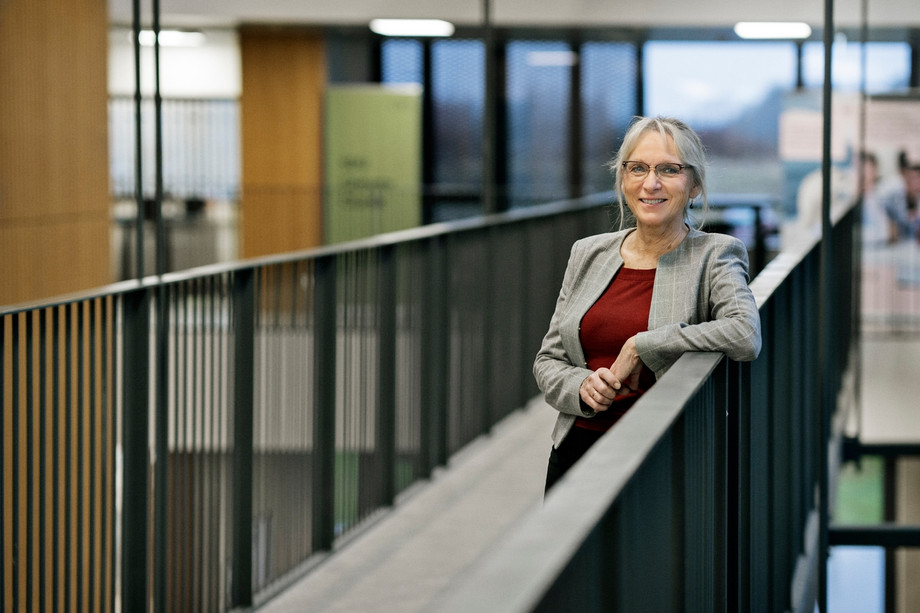
This year's award recipient, Professor and Head of Center Susanne Mandrup, is on a lifelong journey of discovery in adipose tissue, particularly in the development of fat cells. Her findings have led to new insights into how our genes control biological processes of great importance to our health and devolpment of diseases.
By Science Journalist Antje Gerd Poulsen
If fat cells had feelings, they would probably feel misunderstood. Most people see them as unnecessary or even undesirable. But not Professor Susanne Mandrup.
“A well-functioning adipose tissue is important for a healthy body. When fat cells store fat, they prevent excess fat from accumulating in muscles and the liver, which could trigger diseases, so we can't do without them,” she says.
And she knows what she's talking about.
Most of Susanne Mandrup’s research revolves around fat cells, adipocytes, and she has contributed to uncovering important new knowledge about the regulation of fat cell genes and functions. Knowledge that could potentially be translated into prevention and treatment of diseases.
This is the reason why Susanne Mandrup from the Department of Biochemistry and Molecular Biology at the University of Southern Denmark is receiving the Villum Kann Rasmussen Annual Award for Technical and Natural Science Research.
But she is also receiving the award because she is a valued mentor and role model, for her collaboration with other researchers both at home and internationally, and for developing analytical methods and adopting new gene sequencing technologies.
Meet Susanne Mandrup
She Dives into the Inner Workings of Adipose Tissue
Since Susanne Mandrup was a postdoc at Johns Hopkins School of Medicine in the USA in 1995, she has been on a journey of discovery—in fat cells.
She has been the driving force behind the establishment of two research centers at the University of Southern Denmark: the Center for Functional Genomics and Tissue Plasticity (ATLAS), supported by the Danish National Research Foundation, and the Center for Adipocyte Signaling (ADIPOSIGN), supported by the Novo Nordisk Foundation.
Susanne Mandrup is particularly focused on the mechanisms behind fat cell development and investigates how individual genes are switched on and off during the development of fat cells.
Her research delves into the very code of life and the developmental journey that all stem cells in the body embark on before they find their place in the organism. She is, quite literally, in the "engine room" of adipose tissue.
“I find it most exciting when we are at the molecular level. That is, to investigate and understand in the finest detail how our DNA strand is read and how changes in this reading affect the cell in its natural context.”
Through her research, Susanne Mandrup has helped draw attention to the significance of the molecular biological mechanisms in adipose tissue. Changes in these mechanisms related to obesity can have significant consequences, such as an increased risk of developing type 2 diabetes, cardiovascular diseases, cancer, and liver diseases.
The long-term perspective is that it might one day become possible to treat diseases by transforming dysfunctional fat cells into healthy ones or to prevent healthy fat cells from developing in an unfavorable direction.
A Special Drive
Anyone who has met Susanne Mandrup can attest that she has a special drive, which she attributes to a combination of curiosity and "a good dose of North Jutland stubbornness."
From a young age, she was inspired by her American mentor, the highly respected biochemist M. Daniel Lane, who researched metabolism.
He instilled in her confidence in her abilities as a researcher and showed her the value of networking, collaboration, and good leadership.
In 2008, Susanne Mandrup, together with a Dutch colleague, mapped where a crucial transcription factor, essential for the transformation of a fat cell into a specialized cell, binds to the DNA strand during fat cell development.
Transcription factors are the proteins that control the reading of genes.
This discovery paved the way for the international recognition in the field that Susanne Mandrup has maintained and expanded.
As a scientist, she also gained attention with another study in 2011, when she was among the first in the world to describe how chromatin structure—the way genetic material is folded inside the cell—changes during fat cell development.
Chromatin structure affects which genes can be activated and thus expressed.
Currently, she and her group are following up with further detailed studies of both chromatin structure and transcription factors.
“It’s about understanding how transcription factors cooperate to change gene expression. And it’s also about how the DNA strand folds and how this folding is important for regulation,” she explains.
“We don’t fully understand the mechanisms and the significance of folding yet, but we’ve shown that the regulation of a single gene requires the cooperation of many regions on the DNA strand. And we actually have some results that are sitting in the drawer, waiting to be analyzed. They might take us a few steps further.”
The Technology Was a Gift
Gene sequencing technology was on the brink of explosive development when Susanne Mandrup began her research career. And over the past 20 years she has understood how to leverage this development.
She has utilized "next-generation sequencing" or "deep sequencing," which makes it possible to sequence enormous amounts of DNA.
More recently, she has taken advantage of developments in single-cell RNA sequencing, which she describes as "a gift" that has had a significant impact on her research.
RNA, as we know, translates DNA into "recipes" for the proteins a cell needs to perform a specific function, and with single-cell RNA sequencing, it is possible to determine the gene expression of individual cells.
With multiple tissue samples taken over time, researchers can follow a development and determine which cells and genes change in relation to a specific biological process, such as weight loss or weight gain.
The Research Environment Is Like a Family
Susanne Mandrup wears many hats, which she seamlessly switches between. Her workday is filled with meetings, conversations with students, employees, and colleagues. Additionally, there are applications, reports, and articles to read and write, and data from tissue samples to scrutinize. She often works at her screen well into the night.
On top of her daily tasks, she cultivates her extensive national and international network. For Susanne Mandrup, collaboration is a key word. Just as the molecules she studies only function as part of a larger network, she views her own work in the same way.
“It’s not about the effort of one person; it’s about creating synergies. And that also applies to research groups in different parts of the world. You should see the research environment, including internationally, as a family.”
In line with this mindset, Susanne Mandrup has already decided how the award money will be used:
“The money will be used to help some of my talented young researchers get a good start on an independent career and to give more people the opportunity to pursue their dreams.
She dives into the inner workings of adipose tissue
